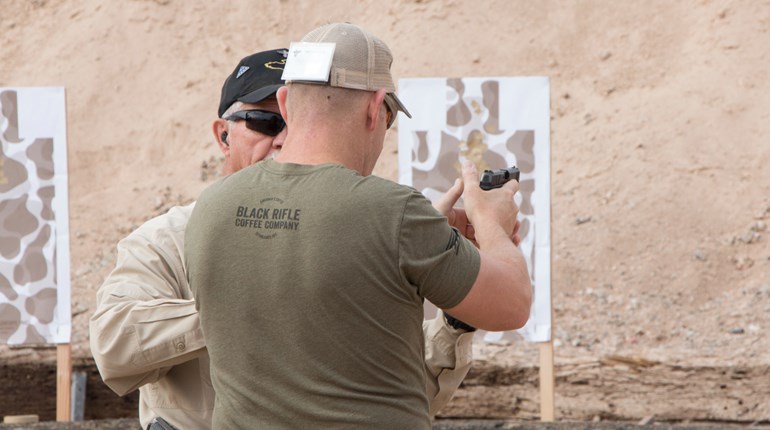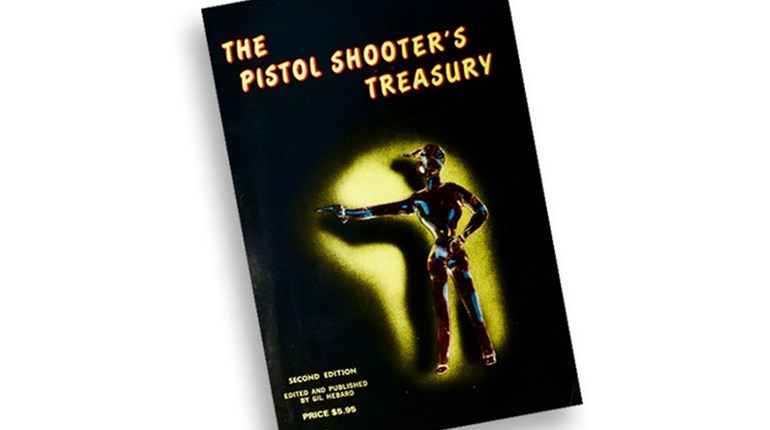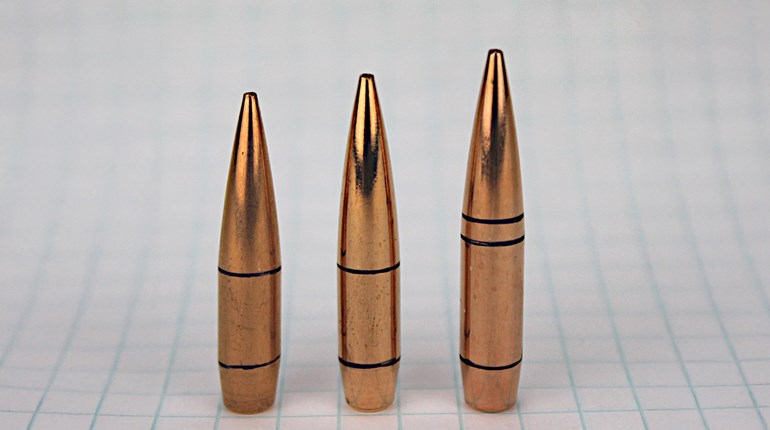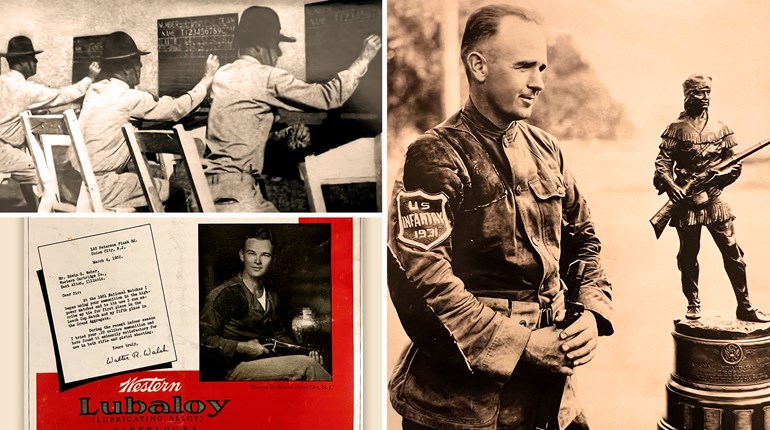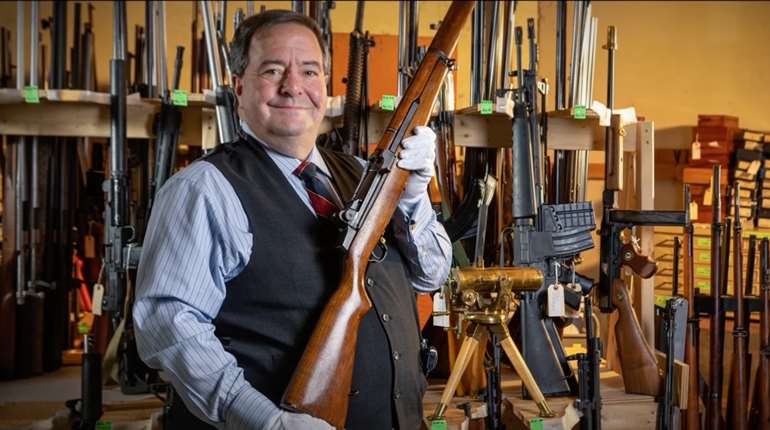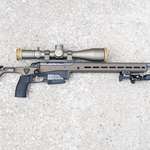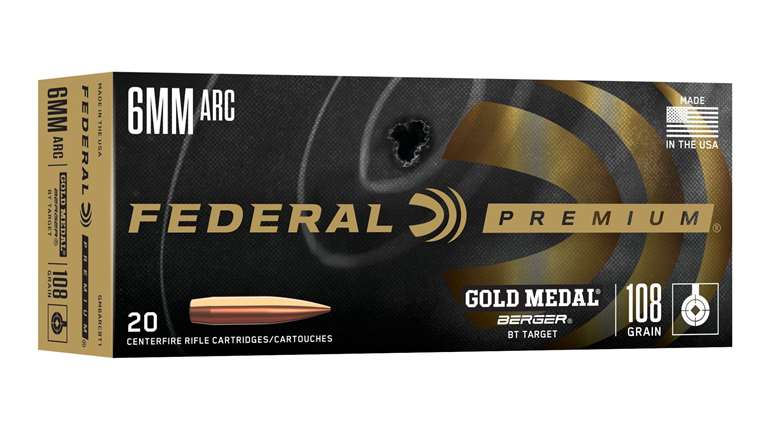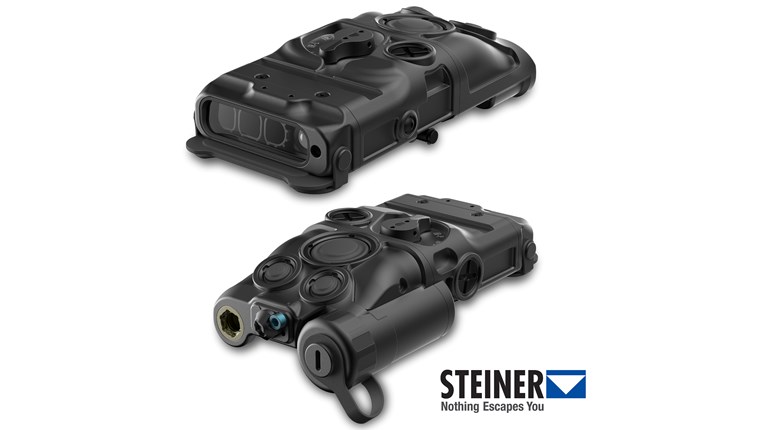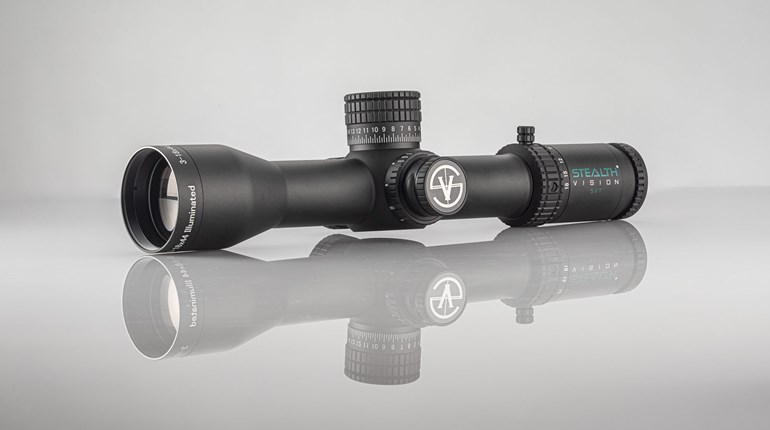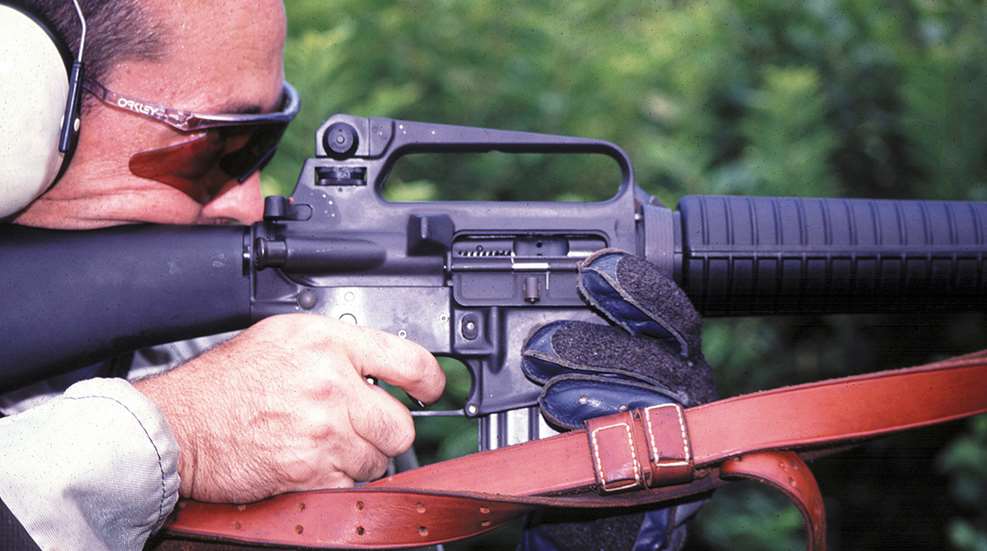
I never really won anything. I’ve worked professionally with those who have won virtually everything. So why pay attention to anything I have to say? Best answer I can give is that it’s because I did it. I took myself to High Master, and it wasn’t a terribly drawn-out process. The other part of that goal was that I wanted to cross that plane with a Service Rifle, and I did that. I had the (huge) advantage of advice from the very best at my disposal, but I learned there’s a difference between knowing better and doing better, and that last has to come all from within. Here’s what I learned in the effort. It’s all things I wish I had known a way long time ago. I hope that it helps.
Everything (pretty much everything) goes in steps. I’m referring to an avocation entered into, like cycling, golf, or NRA High Power Rifle competition. You try it and either like it or don’t, and then you decide if you want to continue, and then, you will want to get good at it. Getting good at it starts with getting better at it, over and over again.
Revelations occur, paradigms are revealed. We hope. In my early sports career days, I raced motocross. That was my goal and purpose in life then. That game bears virtually no resemblance to shooting, but there were moments on the bike where I literally jumped to the next level. Stepping up the ladder. That’s when you have an “AH-HA!” moment, or a shift in your standard such that the new level permanently eclipses the old. Ever upward, well, that’s the dream, and I hope this article gives a few ideas on how to make it a goal, and a plan.
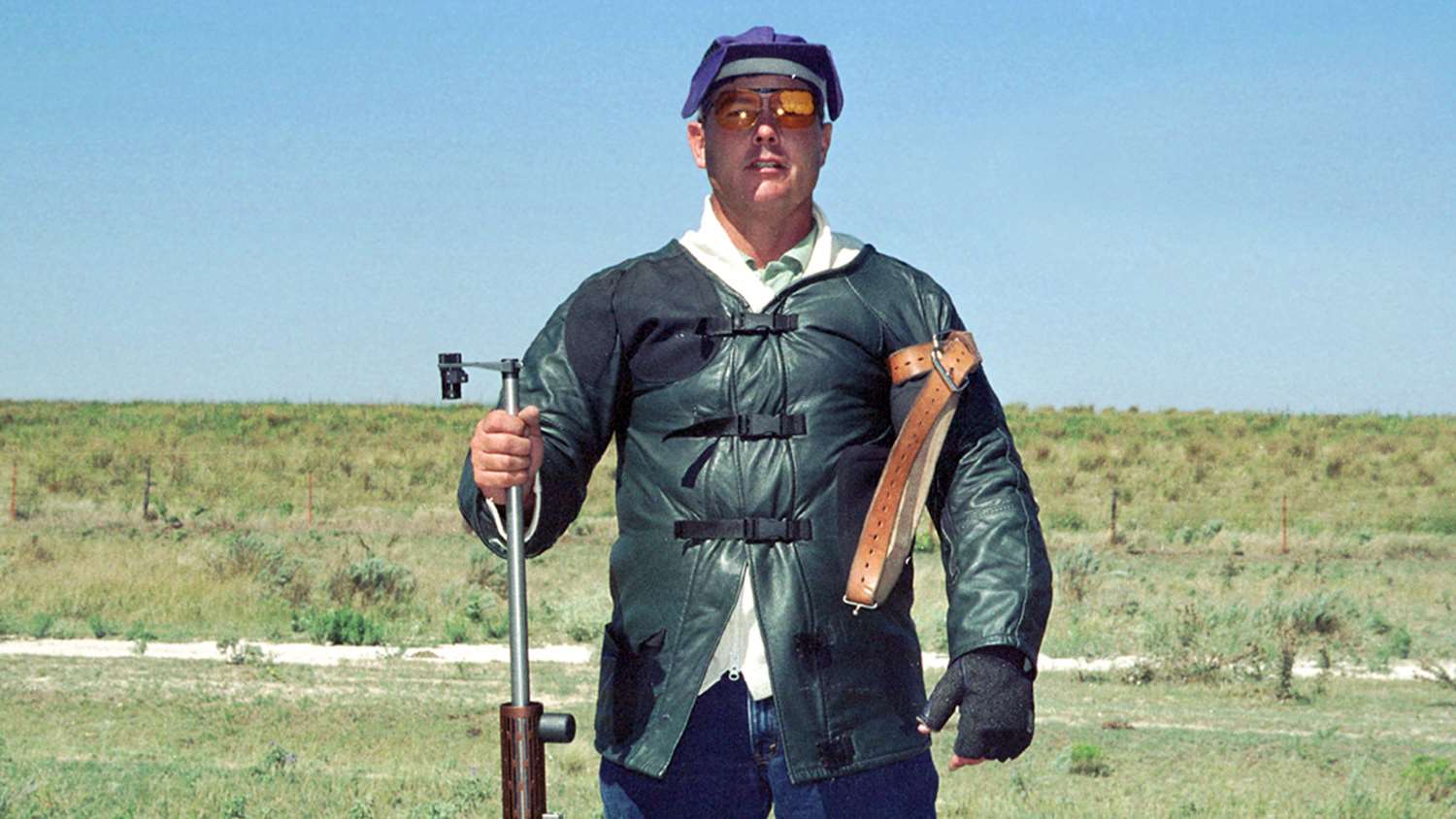
I don’t think I can outline a plan that will take someone from zero to High Master in some certain set amount of time. But I can suggest a few things that can get someone to the next level, whichever level that is. I am, in a literal and logical sense, talking about the score classification levels NRA assigns to each rank in High Power: Sharpshooter, Expert, Master, High Master, and, of course it starts with Marksman.
Since I said something about golf, there’s a great quote from a great book by a likewise great instructor, from a very long time ago (the 1930s). In On Learning Golf, Percy Boomer (real name) wrote that “…the difference between the amateur and the professional is not in the quality of their best shot, but in their worst.” A “bad” shot for a Marksman might be a Miss, for a Sharpshooter maybe that’s a five or six, an Expert might momentarily question deeper issues over a six or seven, for a Master it’s maybe a seven or eight, and a High Master’s hiccup is a nine. Everything focuses inward the better shot someone becomes. It’s like a narrowing cone—making the worst shot better.
It is way beyond the scope of this article to go into shooting technique ideas (mechanics) that might get shots closer to center, and that’s a sure invite for argument anyhow. What I can do is talk about preparation, outlook, focus, and a few thoughts on training.
Early on, there are a lot of plain old mistakes and oversights that can lower a score. Getting beyond Marksman is usually not so much about shooting skill, because it’s often more about avoiding big mistakes, and these mistakes are often procedural errors. The “forgetful moments.”
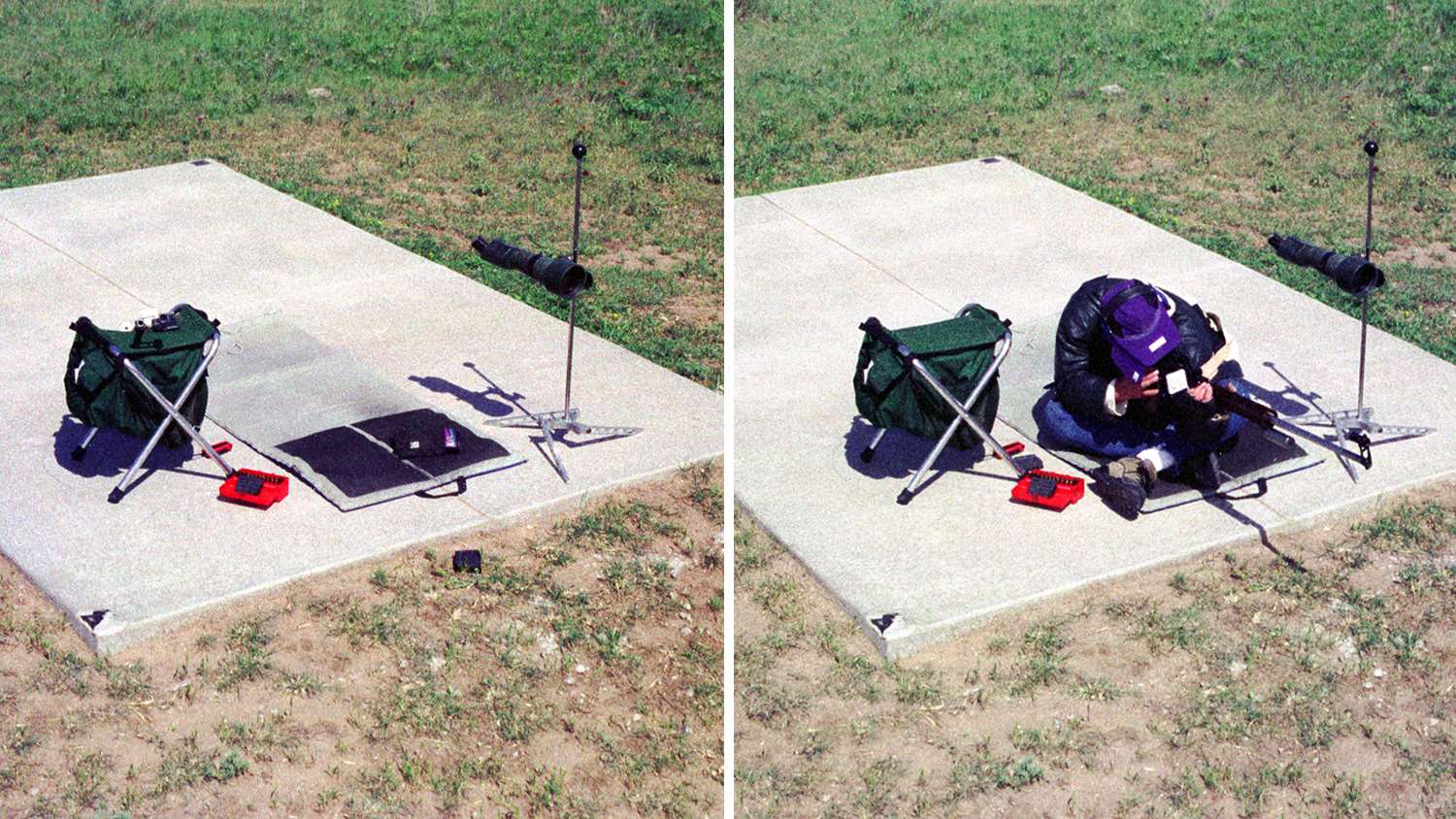
Depending on prior shooting background coming into NRA High Power, there will, certainly, be more or fewer skills brought along. Likewise, there will be more or less experience in operating within the competitive environment. If HPR is the very first time someone has fired on targets in competition there’s going to be more unfamiliar things to learn to keep the sights more steady, as well as just more things to learn, like following range commands and protocols. Sometimes it’s also the “other” shooting skills, which aren’t really even shooting skills that need to be learned. For example: how to manipulate a sling to use it for support.
I freely borrow David Tubb’s mantra: Come to the line prepared! That means the coat is on and adjusted, the hat, hearing protection and eyeglasses are also on. Don’t suit up on the line, and don’t hunt around there for the things you’ll need. Make sure your ammo and magazines are handy and ready, scorecard, scorebook, and pencils, timer, towel—whatever you must have to fire the forthcoming event.
Always, certainly and surely, be aware of the rules for and against handling the rifle on the line, but what I’m talking about here is the personal gear.
Learn to set up efficiently. This needs to be practiced or rehearsed just as surely as the standing position technique does. There’s a lot to keep up with, and it’s easy to overlook something, like forgetting to have loaded magazines handy for a rapid fire string, or turning to look into the spotting scope that’s still four feet away.
I assess the firing point and locate the best portion within it to use, and then I put my spotting scope down (already pre-adjusted for height; just mark the rod) and then set up camp around that. Make sure that everything is where it needs to be, and accessible. I compact everything around me because I don’t like to reach too far.
Checklists are wise. Wiser still is actually following one!
During the pre-event prep period, all you should (ideally) be doing is finding your natural point of aim and, if you are a Service Rifle shooter, fussing with your sling. Match Rifle shooters can come to the line with the sling already on the arm (assuming they invest in a detachable swivel that hooks into the handstop).
Learn to check your target number. For every shot! Every single shot! Some very good shooters have been known to fire on the target next door. They’re visually pretty close together “down there.”
Get comfortable with the standard allotted time limits. It’s really common for a new shooter to rush like mad in rapid-fire because he or she doesn’t know what a minute “feels like.” It’s a lot longer than you might think! Until, of course, it’s not—rapid fire is stressful, and, under stress, time kind of warps. I run a timer for rapid-fire, and I run an old-school stopwatch instead of digital. That’s because I can see with only a half-glance the actual area of time remaining as defined by the hand sweeping the clock face. Try it.
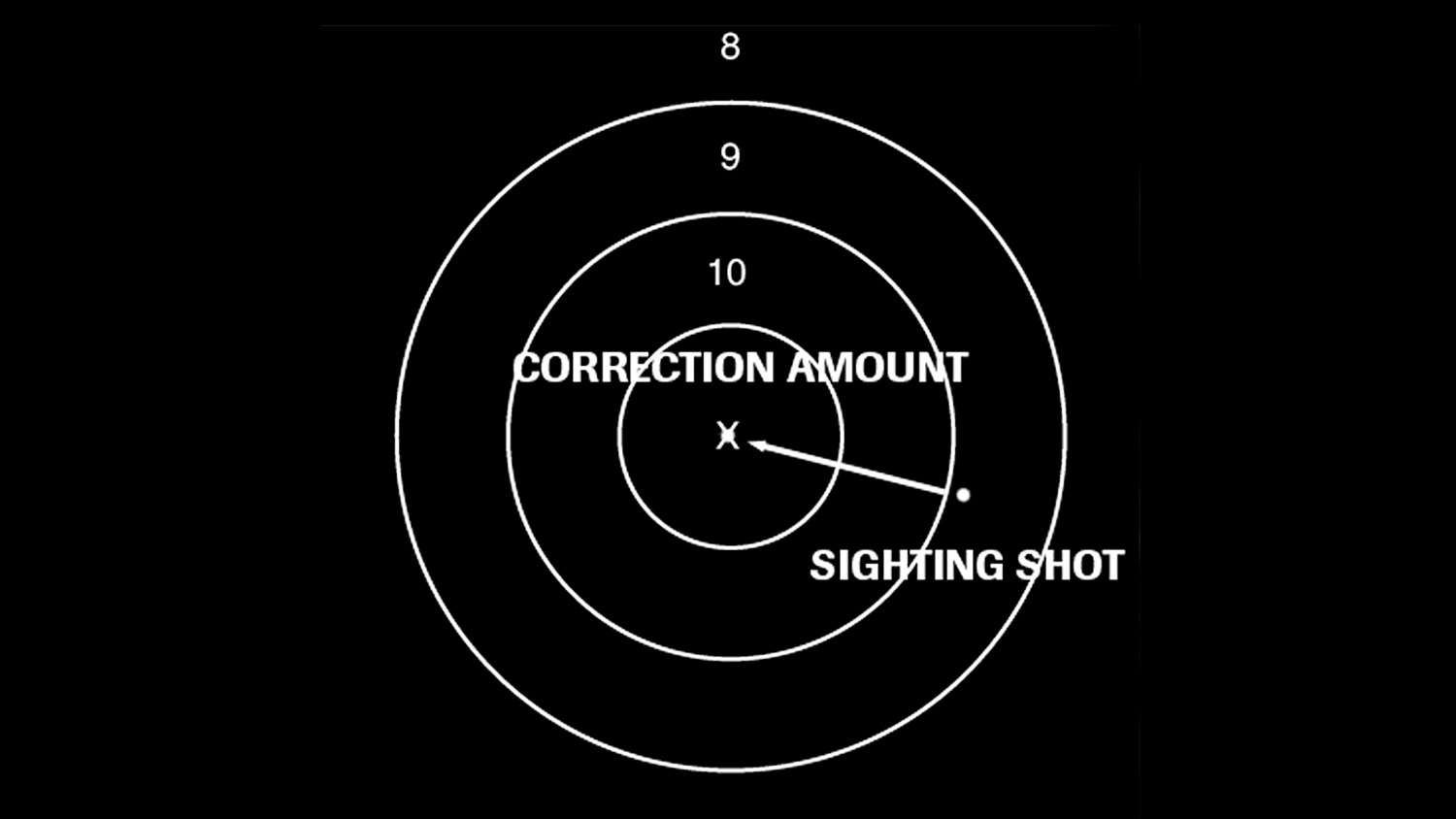
Make sure you’ve got your zero on the sight for the upcoming event. And make sure you have your zeros! I always “count” my back sight clicks prior to an event. I don’t adjust from the sight setting I finished the previous string with, but instead go to my “mechanical zero” and put on what I need from the start. If that’s not clear, here’s the process: I run the rear sight all the way to its bottom and then count up the clicks to get to my event elevation zero. Then I put on the wind starting from zero (centered left and right) to get to my event zero, and then, last, I estimate any left/right correction based on my best guess on conditions influence. Just as a tip: Run the sight to “0” just after firing the current event and before leaving the line. That avoids a huge mistake potential, especially as you’re moving from nearer to farther targets.
I’ve learned almost everything the hard way.
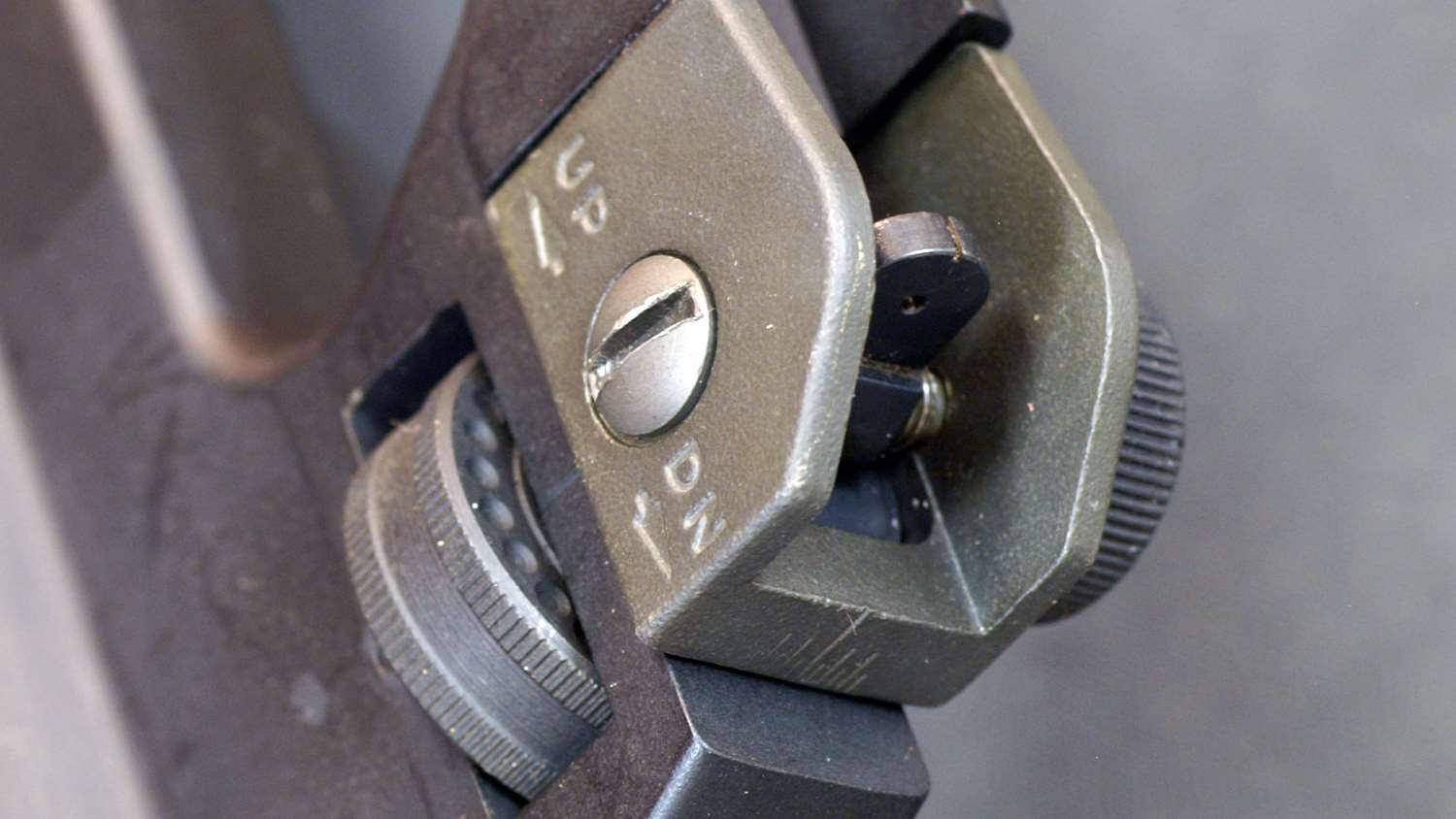
If you can get across the course without incident, feel comfortable with all the tasks at hand, and see a decent sight picture on each shot, stepping up to Sharpshooter should come right quick like and in a hurry.
Now keep your shots in the aiming black ... That’s the new goal. And that’s easier prone and more difficult sitting, and most difficult standing. On a full-length course, conditions combine with distance for the shooter to start seeing the need for learning to make good wind adjustments. That’s a whole new article, or three, but do not be bashful about asking for help. Most shooters will willingly share. That, by the way, is also one of the best ways to learn to adjust for wind.
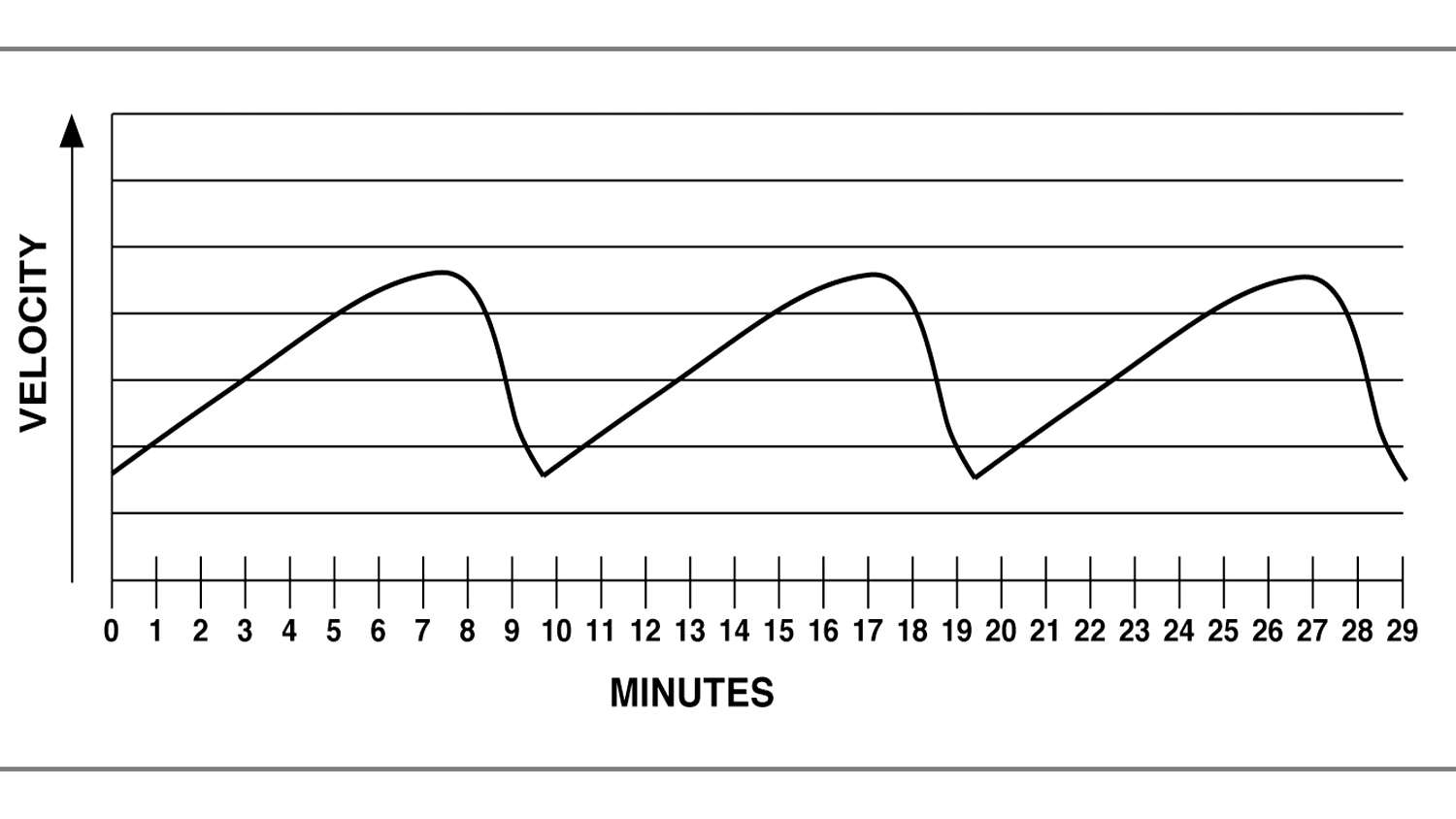
As for self-help-education, best advice I can give is to go ahead and chase a few spotters! That’s a slang description for making a shot correction based only on the location of the last shot. Make full corrections off the feedback from spotter location, shoot again, and keep repeating. It’s true that this “method” of shooting can lead to great confusions and wandering aimlessly, but not really. It’s learning. The foible of adjusting from the last shot spotter location is that wind conditions can change quickly, so, of course, it’s most important to be able to evaluate current conditions, conditions on the previous shot, and the spotter location—use all three clues to choose a setting for this shot. But that’s about the only way to do it, to learn it. Oh, and shoot quickly! The less time spent on the string, the less time is spent in changing conditions, and the fewer changes will be encountered.
The next article in this series will be the next step. Let’s get from Sharpshooter to Expert!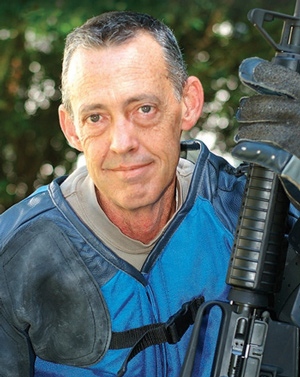
Information in this article was adapted from material in several books and articles published by Zediker Publishing. Glen Zediker has worked professionally with some of the greatest shooters on the planet, as well as leading industry “insider” rifle builders, manufacturers, and proven authorities on gunsmithing, barrel making, parts design and manufacture, and handloading. And he does pretty well on his own: Glen is a card-carrying NRA High Master and earned that classification in NRA High Power Rifle using an AR-15 Service Rifle.













